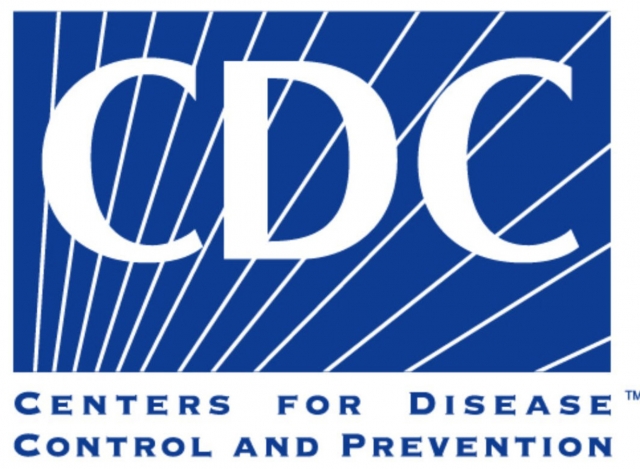
PrEP usage continues to remain low among communities who need it most in the U.S., according to a new report from the Centers for Disease Control and Prevention (CDC). PrEP, which stands for Pre-Exposure Prophylaxis, is a once-daily pill regimen that can help you stay HIV-negative.
Despite an estimated 1.1 million Americans who are at substantial risk for HIV and would benefit from its use, the disparities in PrEP usage are significant among communities of color. In 2015, out of the estimated 500,000 African Americans and 300,000 Latinos who could have benefitted from PrEP, only 7,000 and 7,600 prescriptions were filled in retail pharmacies, respectively. Additionally, PrEP use continues to remain low among women, who make up 7 percent of PrEP users despite accounting for 19 percent of new HIV diagnoses in the U.S..
“There are many in highly affected communities that aren’t hearing or talking about PrEP,” explained HRC HIV 360° Fellow Daniel Downer. “Structural barriers like poverty, incarceration, or unstable housing that are often encountered by those who are most at risk for acquiring HIV can have a big affect on access to the health care services they need.”
According to the CDC, PrEP can reduce the risk of sexually acquiring HIV by more than 90 percent and the risk of HIV infection among people who inject drugs by more than 70 percent. Moreover, data suggests that an increase in PrEP usage among high-risk populations can prevent up to 48,221 new HIV infections in the U.S..
“Closing gaps is an important step for PrEP,” said Eugene McCray, MD, director of CDC’s Division of HIV/AIDS Prevention. “CDC is committed to equipping providers and all people living with and at risk for HIV with the information and support needed to maximize the impact of PrEP and all proven strategies.”
Downer also emphasizes the impact of HIV-related stigma on PrEP usage.
“There is a perception among community members who might not have insurance and only access health care in emergency situations that there’s something abnormal about accessing preventive care,” said Downer. “Beginning PrEP means that you consciously acknowledge the risk you have of acquiring HIV. Once you bring PrEP into the discussion, individuals have to actually think about their risk and what their sexual health decisions mean.”
“One of our most powerful tools for HIV prevention remains largely on pharmacy shelves,” said Jonathan Mermin, MD, MPH, director of CDC’s National Center for HIV/AIDS, Viral Hepatitis, STD, and TB Prevention. “PrEP can be a potent prescription that strengthens prevention options for people who are at high risk for HIV infection.”
For information on Gilead’s PrEP Medication Assistance Program, which can help cover the cost of PrEP, please call 1-855-330-5479, Monday through Friday between 9:00 a.m. and 8:00 p.m. (Eastern).
Click below for HRC Foundation’s PrEP resources.
HRC Endorses PrEP & Calls for Bold Action to Expand Access
How Do I Talk to My Provider About PrEP?
What to Do If Your Provider Says “No” to PrEP
Enviroshop is maintained by dedicated NetSys Interactive Inc. owners & employees who generously contribute their time to maintenance & editing, web design, custom programming, & website hosting for Enviroshop.
